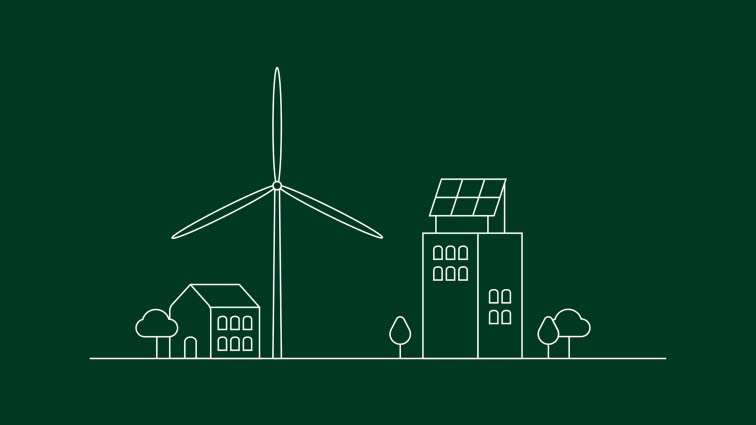Banking in itself has a relatively small climate footprint but banks still have a big and important role in the sustainability transition. If it is to take place, individual companies and entire countries must make major investments in new projects and solutions, in research and in technology and innovation that help us reduce emissions of carbon dioxide.
This relates, not least, to new energy solutions, new infrastructure and transport solutions, new construction and production methods and electrification. This will involve significant investments – often associated with high risk in unknown technology and unproven business models – which means companies need support in assessing the risk and, sometimes, sharing that risk with others.
The financing of the sustainability transition is therefore crucial for the pace at which we move forward. According to estimates from McKinsey, an additional 3.5 trillion dollars is needed globally every year until 2050 to reach net zero emissions. In Europe alone, additional investments of 350 billion euros are needed every year during the decade until 2030 to meet its emissions-reduction target in energy systems, according to estimates from the EU Commission. This all involves an enormous reallocation of society’s financial resources. If we as a society cannot mobilise the capital that is required, while at the same time gradually reducing society’s demand for fossil fuels, the transition won’t take place.
Here, banks have – on an overarching level – a crucial role to play in helping to facilitate the movement of society’s capital towards new ideas, new technology and innovation. That is because some of the banks’ core tasks and most important roles in society is to turn savings and capital into financing and investments, to connect capital with ideas, and to provide advisory services. By channeling capital to low-carbon operations, sustainable business models and supporting our customers in their sustainability transitions, banks such as SEB can be part of supporting this major shift. By in various ways increasing the financing of renewable projects, and reducing the exposure to fossil fuels such as oil and gas, we are transitioning our balance sheet.
SEB’s sustainability strategy
We strive to reach a net zero credit portfolio by 2050 at the latest, and have adopted goals and ambitions to steer our business towards that goal. SEB’s sustainability strategy reflects our conviction that we can achieve the greatest positive impact for the climate by partnering with our customers in their transition to more sustainable business models and helping society achieve net zero emissions by 2050. This means that we both engage with and support our customers on their transition journeys, but also that we end customer relationships if we do not share the same goals and do not have an opportunity to influence.




